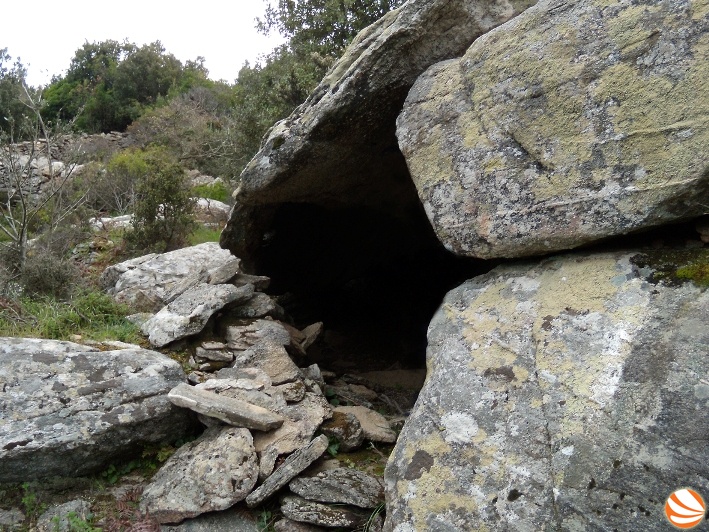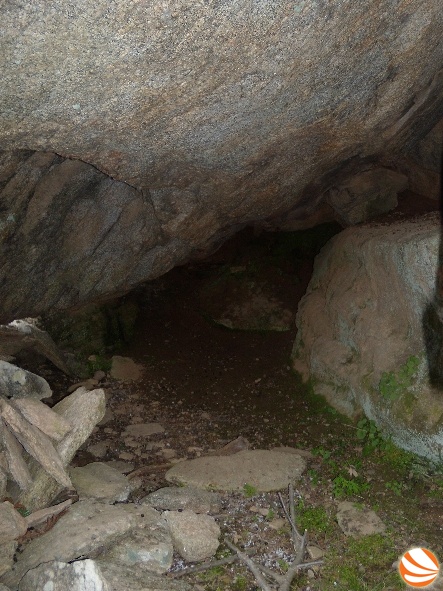
Διαβάστε την ελεύθερη πτήση στα ελληνικά εδώ.
The traditional settlements of Ikaria are known to pretty much everyone among us. Single spaced houses, anti-pirate, as they were named in the later years, made out of stone with no binder, while the roof was covered with an Ikarian stone plate. All of them were hidden carefully inside dense vegetation, in harmony with the natural environment, invisible from afar, for security reasons. These kind of houses made their appearance during the 17th century onwards and with the addition of extra rooms they evolved to the traditional houses we know today.


However, it is a lot less widely known, where Ikarians used to live during the 16th century. When the island was taken over by the Turks, and in conjunction with the pirates raiding the villages, the locals had to find refuge high up the mountains. Their houses were totally destroyed and they needed to find long term shelters. Thus they resorted to the mountains and they lived under rock cavities which they called Kamares (i.e. vaults). These vaults were large, hollow, granite rocks, that functioned as rudimentary houses. A historian, I. Melas, called the Ikarian 16th century “The century of invisibility”. A lot of those vaults are still standing today, most of them located in western Ikaria, usually in inaccessible locations. In later years, shepherds have been using them to take shelter against the weather, or to spend the night.
During one of my hikes at Arnopeza, after the Voutside river, and having walked for at least an hour on the forest paths, I was lucky enough to come across such a vault myself.
Mirto Axarli for ikariamag.gr








